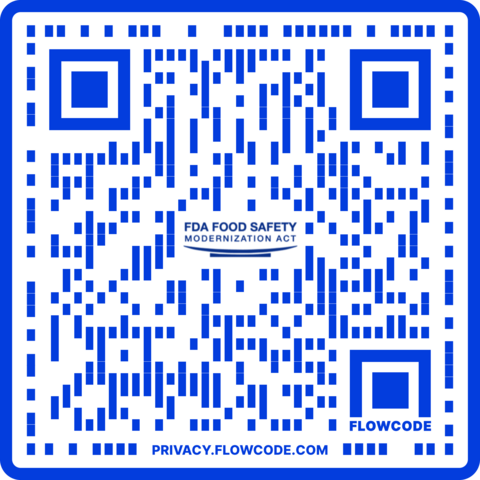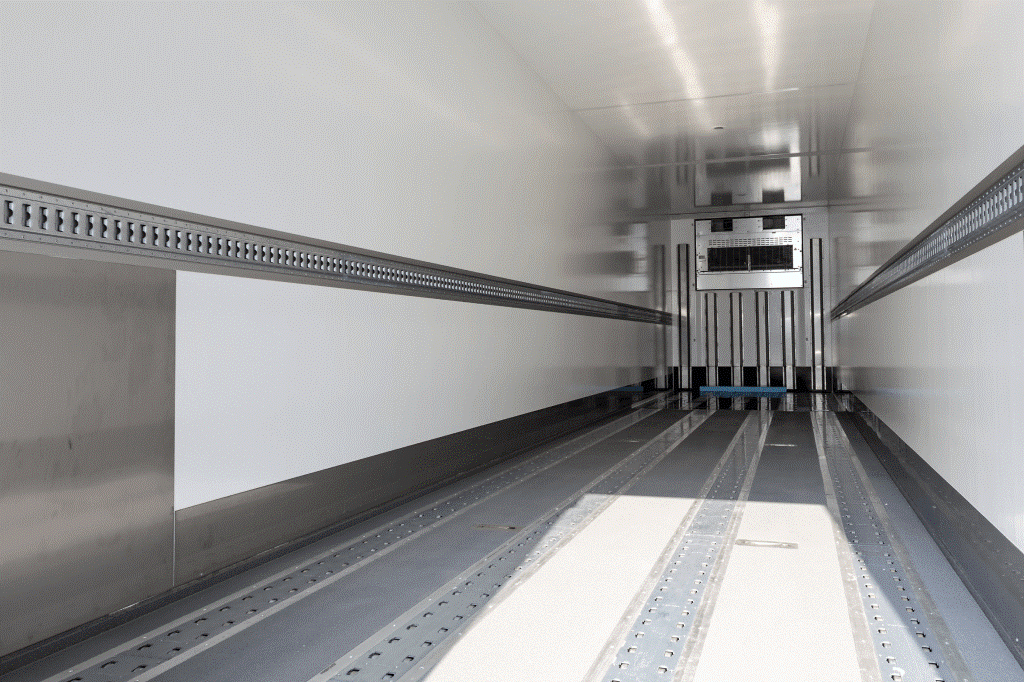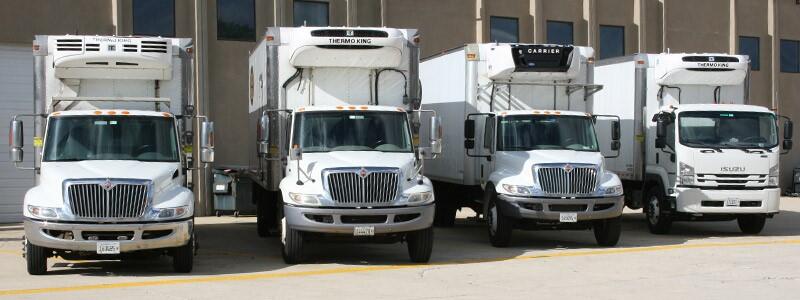More than 16% of the U.S. population get sick each year from foodborne pathogens. Put another way, that’s 48 million people or 1 in every 6 that get sick from something that may be preventable. Of that percentage, 128,000 are hospitalized, and 3,000 die each year. According to 2023 data from the Centers for Disease Control and Prevention, this percentage has grown 2% from years prior.
The Food Safety Modernization Act (FSMA), which was passed in 2011, includes a traceability compliance rule that will go into effect on January 20, 2026. At that time, each link on the “Cold Chain” of safe food transportation will have to track certain high-risk food ingredients such as fresh fruits and vegetables, eggs, nut butters, cheeses, and seafood products.
Specifically, the FSMA compliance rules apply to foods regulated by the FDA. Granted, this is a significant amount of the U.S. food supply, about 75%. The other 25% is regulated by other agencies, such as the United States Department of Agriculture (USDA), which oversees meat, poultry, and many dairy products.
If you’re wondering this applies to you, consider this, if you have to register with the FDA as a food manufacturing facility, odds are extremely high that you need to comply with FSMA and any new compliance rules. There are exemptions to FSMA, so check the FSMA if you’re not sure whether or not you qualify.
How does this happen?
In a scenario where you have multiple people infected from food consumed from multiple restaurant or grocery store locations, investigators will look for a point of convergence, within the supply chain. They will trace it back and identify that ingredient. With restaurant dishes, they may look at multiple ingredients, like lettuce, tomatoes, cilantro, white and green onions. Any one of those could potentially be associated with illness.
What are the practices recommended by the FDA to protect the food supply?
In addition to having a clean pre-cooled compartment that is properly loaded to ensure optimum airflow around product, the FSMA has also established procedures for the exchange of information about prior cargos, cleaning of transportation equipment, and temperature control between the shipper, carrier, and receiver. Shippers will need this information to ensure adequate sanitation practices were used that would help prevent adulteration of transported products. For example, a carrier transporting nut-free foods would want to ensure that vehicles that have previously transported peanuts or tree-nuts will not introduce allergens into nut-free foods through cross contamination.
How to Ensure a Clean Temperature-controlled Compartment
At the end of each day, select an area free of environmental concerns for cleaning the inside of the trailer/truck body. Start by opening the doors of the refrigerated compartment and remove any items that should not get wet. Sweep out debris or blow out the compartment with an air hose after carefully clearing any and all debris (paper, plastic wrap) from the compartment and inspecting the evaporator housing to remove any debris.
When needed…
- Prepare a bucket of food-grade detergent and water.
- Scrub all interior surfaces with a clean cloth and detergent/water mix.
- Use a water hose to spray the inside compartment. Make sure to spray the ceiling and walls as well as the floor. Give special attention to cracks, crevices, and areas near door openings and pockets. All cleaning should follow a “top first , bottom last” approach.
- Allow the inside compartment to air dry.
- Shut doors and/or take other steps, as necessary, to keep your vehicle clean. Always ensure no debris is left in the compartment at the end of your day.
- When dirty, wash the outside of the trailer/truck.
How to Mitigate Risk When Transporting Temperature-controlled Product
- Proper packaging is essential. Packaging should be crush-proof, have solid sides for frozen products and vented sides for fresh products.
- Pre-cool and store cargo at desired temperature to remove heat. Confirm product is at desired temperature before loading. Refrigeration units are designed to maintained temperature, not change it.
- Run reefer unit 20 minutes in “high speed cool.” To remove residual trailer/body heat. Perform an automatic “pre-trip” to confirm proper unit operation. Unit MUST pass test. If auto pre-trip fails; follow your company’s prescribed procedures or contact your maintenance provider for repair.
- Set unit controller to the desired temperature. Verify the setting after changing it to confirm that it is correct.
- Verify correct mode of operation. Frozen products are typically transported in auto-stop-start (Cycle-Sentry) to conserve fuel. But this setting can reduce the shelf life or ruin an entire load of produce like fresh fruits and vegetables. For these products, it is recommended to operate the unit in “Continuous Run.”
- Pre-cool trailer/truck body. Operate the unit to desired temperature to remove residual heat.
- Turn unit “OFF” while loading. To minimize heat & humidity entering the trailer/truck body and verify product is at the proper temperature.
- Load product quickly and efficiently. Provide adequate air circulation around and through entire load.
- Close the doors and start the unit. Re-confirm Continuous Run or Auto-start-stop operating modes and temperature setpoint are correct. When compartment temperature is below 40°F, initiate a defrost cycle. This will help clear the evaporator coil and ensure maximum cooling performance.
- Strip curtains. Are always recommended in distribution of temperature-controlled product. Keeping conditioned air in and outside air out.
- Door openings. Minimize the number of door openings and their duration. Ambient air migrates in, and trailer/body air migrates out.
- Proper airflow is CRITICAL. Poor air distribution causes product deterioration, even with adequate unit capacity. Obstructions cause poor air flow and product hot spots. Proper air circulation is allowed unobstructed paths on all 6 sides of a load.












